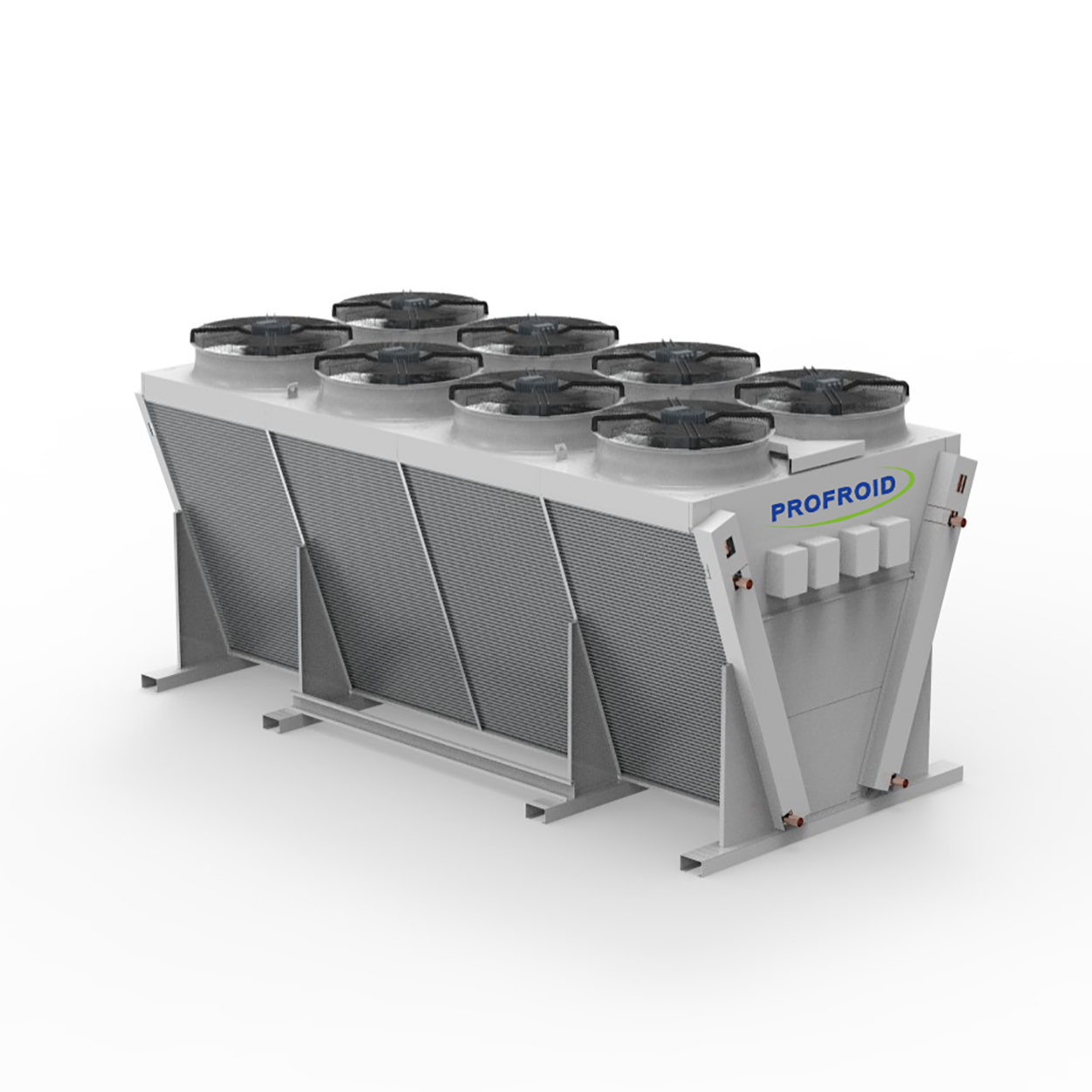


For a pilot-scale study, 380 gallons of raw whole milk ( 0.1). This study focuses on the influence of sampling intervals on the microbial count variability of LCM and HCM samples. It may occur in extended and multi-processing conditions that are triggered by the heterogeneous and aggregating nature of bacteria. The issue arises with the lack of a standard approach to lower the variability of sampling results of low count milk (LCM) and high-count milk (HCM).

High accuracy in sampling is critical in determining the microbiological quality and safety of milk and dairy products. Djira 3ġMidwest Dairy Foods Research Center, Minneapolis, MN, 2Dairy and Food Science Department, South Dakota State University, Brookings, SD, 3Department of Mathematics and Statistics, South Dakota State University, Brookings, SD Influence of sampling intervals on the standard plate counts of milk samples. subtilis, and Geobacillus stearothermophilus. Some other prominent Bacillus species identified were B. MALDI-TOF analysis revealed Bacillus licheniformis and Bacillus cereus as the predominant species in WPC and NFDM, respectively. This distribution reveals the higher incidence of SP in the dairy powders that could play a vital role as the powders are intended for reconstitution before use. The samples containing thermophilic spores were 60% SP and 40% HHRS. Similarly, in NFDM the samples containing the mesophilic spores were 95% SP and 5% HHRS. The samples containing thermophilic spores were 73% SP, 14% HHRS, and 13% STS. In WPC the samples containing the mesophilic spores were found to be 64% SP, 20% HHRS, and 16% STS. Several spore-forming species were identified based on colony morphology followed by MALDI-TOF. The experiments were performed in duplicates and the means were compared using ANOVA. The plates were incubated for 24 h at 37☌ for mesophiles, and 55☌ for thermophiles.
ENDO RUSH ISLAND COOLER SERIAL
After the heat treatment, the samples were cooled to room temperature, and the desired serial dilutions were plated on the tryptic soy agar. A 20 mL portion of the respective reconstituted sample was heated at 80☌/12min for regular spores (SP), 100☌/30min for high-heat resistant spores (HHRS), and 106☌/30min for specially thermoresistant spores (STS).

The 11 g of each sample was reconstituted in 99mL of phosphate buffer saline. Twenty-five samples of each of WPC and NFDM were procured from commercial dairy plants. In the current study, samples of whey protein concentrate (WPC) and nonfat dried milk powder (NFDM) were analyzed for the presence of different types of Bacillus endospores, based on their thermal activation treatments. Determining the types of endospores formed by these bacteria could thus be useful in developing control strategies to improve their microbial quality and further application in product development. These are known to produce thermally resistant endospores. Several spore-forming bacterial species are commonly encountered in dairy powders. ADSA Dairy Foods Poster Competition (Graduate)ĭetermining the types of Bacillus endospores in whey protein concentrate and nonfat dried milk powders.ġMidwest Dairy Foods Research Center, Minneapolis, MN, 2Dairy and Food Science Department, South Dakota State University, Brookings, SD


 0 kommentar(er)
0 kommentar(er)
